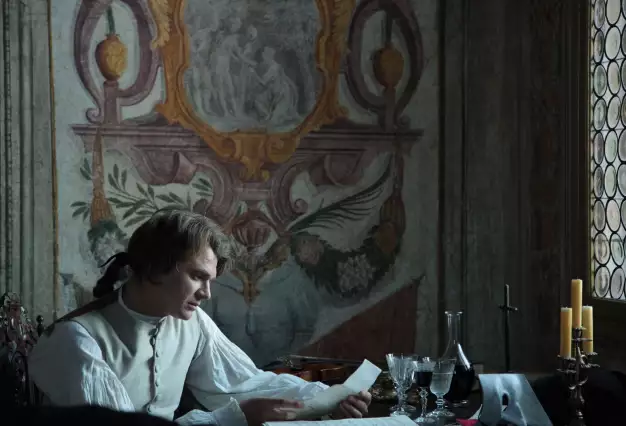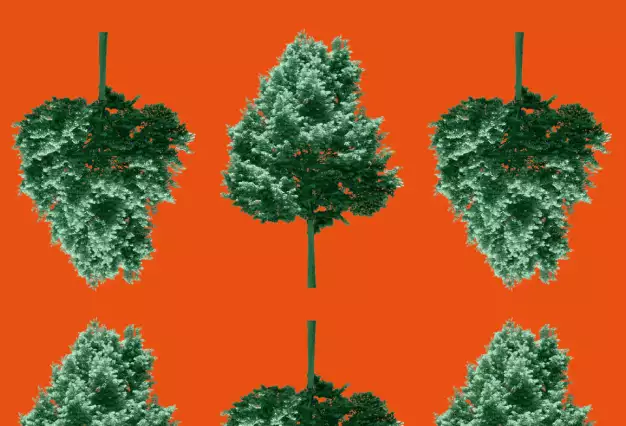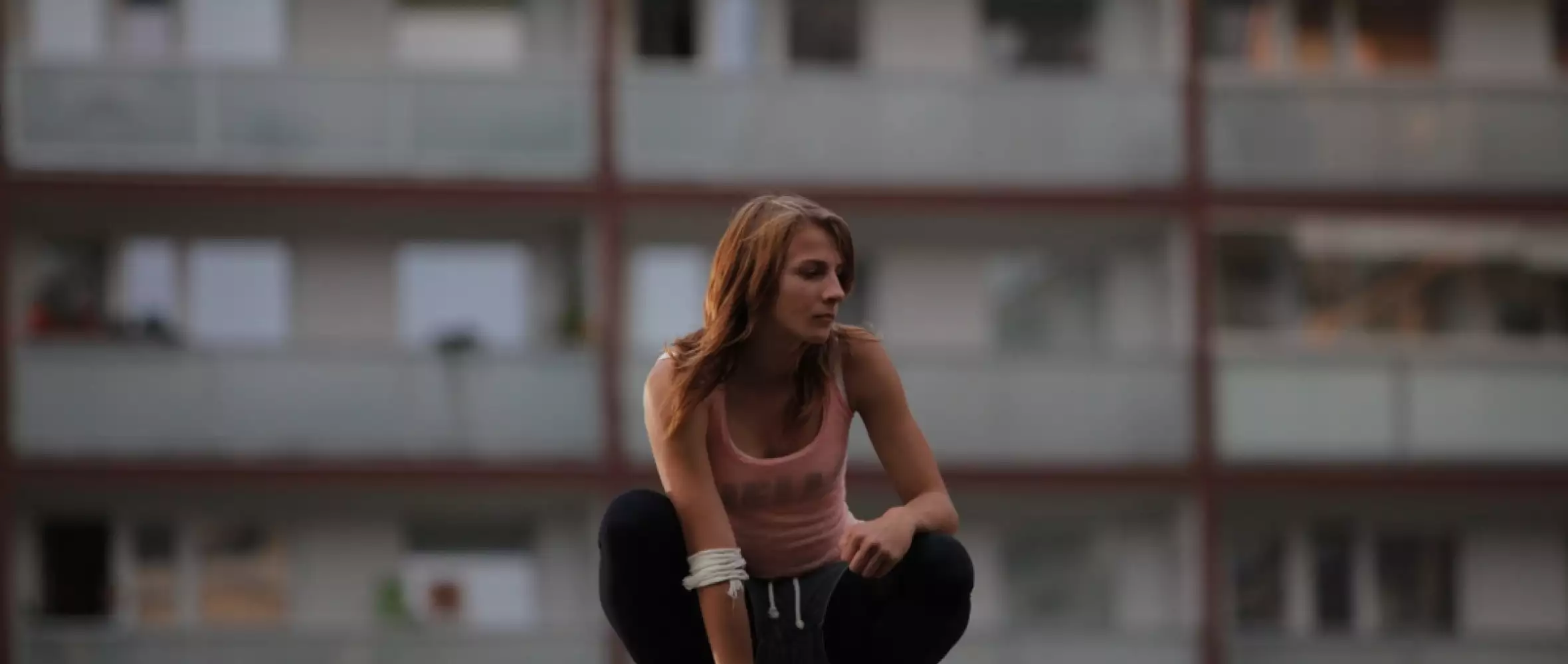
06 February 2016
The Right Shoes, Loose Trousers and the City Before You
Interview with Petr Oukropec
The Right Shoes, Loose Trousers and the City Before You
Interview with Petr Oukropec

16-year-old Laura is swift, lively and stubborn. She wants to join a group of parkourists and gets caught off guard by the love she starts feeling toward Luky. She starts living a double life. In the fantasy world of romantic and comic visions, Luky belongs to her. In reality, her attempt to get closer to Luky fails. The moment these two worlds somehow entertwine, Laura has to decide which one she wants to choose.
Interview by Denisa Štrbová for Czech Film Magazine / Spring 2016
Who came up with the idea for this film? How was the cooperation with Egon Tobiáš, who is most active and primarily known in literature and theatre? Have you ever worked together before?
Egon was recommended to me by Tereza Horváthová, with whom I worked on the adaptation of Blue Tiger. I knew him as a theatre stage designer, a graphic designer and the author of original, and most of all, funny theatre texts. Originally, we developed a TV series together, which was not produced in the end, but some ideas from it were then used in the script of In Your Dreams! It was neither simple nor straight-forward writing in the beginning. We only started to succeed after we found an authentic community for Laura, our main protagonist, an environment brimming with adrenalin, so typical for adolescence, physicality and the desire to freely express yourself. It is, moreover, an environment containing a big portion of romance and of course relationships. Then we started to follow urban parkour and free running more closely, and we realized how young Czechs excel in it.
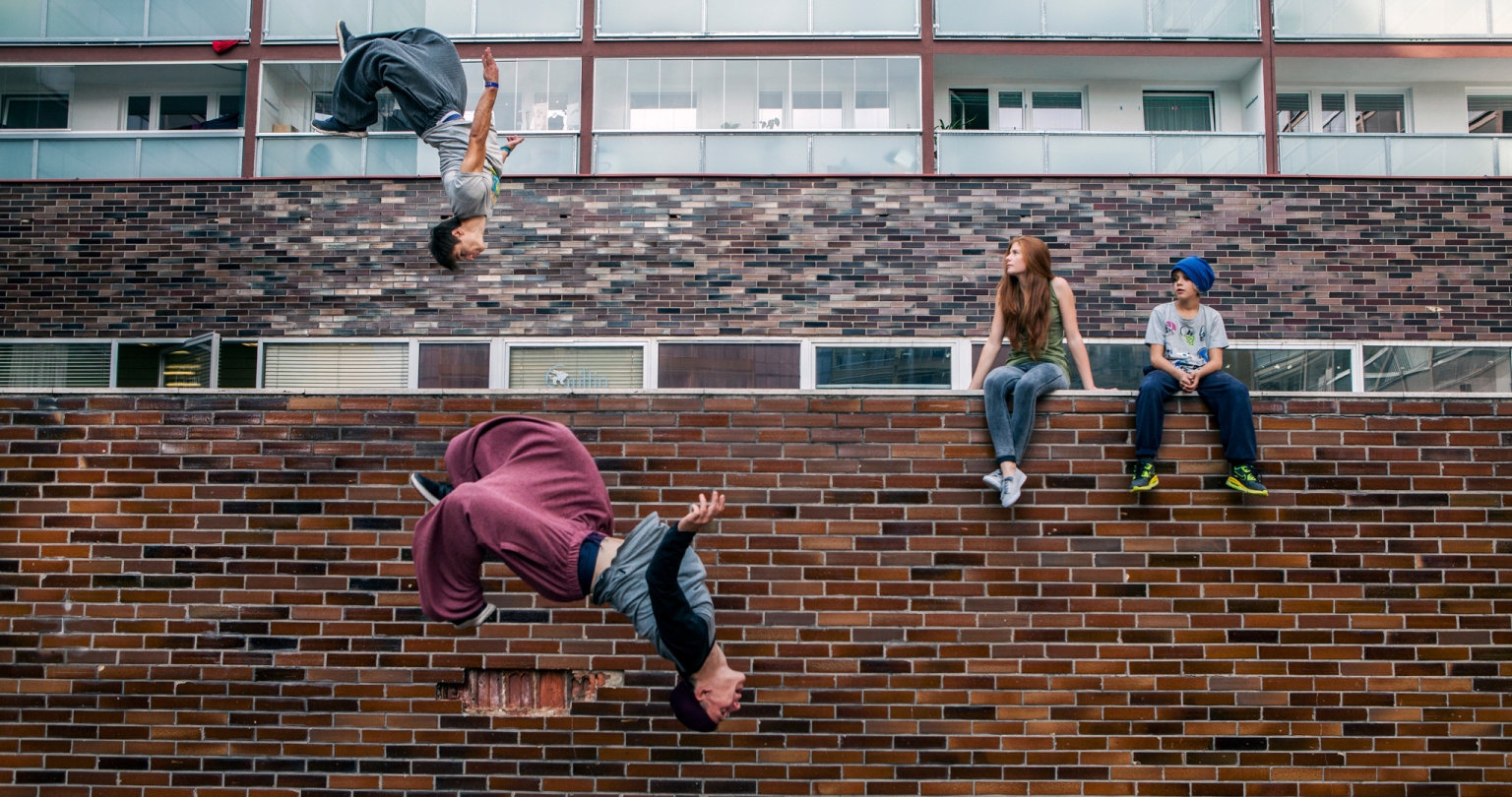
Your previous film, the directorial debut Blue Tiger, was for children; this one is for teenagers. Do you, as a director, plan to continue making films for a young target group?
I want to go on creating for children and looking for new contemporary stories and new ways of narration. In this country, children and family films had a great tradition, which was, for various reasons, interrupted. So there is something to follow up on and I know that it is worth it. There is an international audience and future for this kind of film. As a producer, I would also like to inspire and help new talented filmmakers make films for children.
For the lead role you discovered a talented and likeable performer, Barbora Štikarova. Where did you look for her and how did you find her?
I knew I was looking for a physically talented girl who also could act, who was sensitive and who had an inner secret. With the help of Tomáš Taran, a great authority in the parkour community, we looked everywhere and saw many talented girls, but none was the one. We were even willing to cast a talented actress and teach her jumping. But in the end we were lucky. Barbora started to do parkour shortly before the shooting, in Jihlava. She had done judo before. She is exceptionally physically talented and she started to jump immediately in her extreme “kamikaze” style. During the casting she expressed herself so sensitively and authentically that she immediately convinced me.
In a parallel romantic world Laura sees herself as a princess. In juxtaposition with reality, it is a comic contrast. Do you think today’s girls are ashamed of their romantic side and in their soul they still long to be princesses?
I don’t think that older girls long to be princesses exactly, but this archetype lingers somewhere in them. The princess period ends in the pre-school age. In my film the dream scenes provide hyperbole; “the princess” from the billboard is “crowned” a bit against her will, and her consequent possessive caprices make us laughter and later give us goosebumps. But in general, girls are still seeking the romantic nature of relationships the same way. Maybe just a bit more secretly.
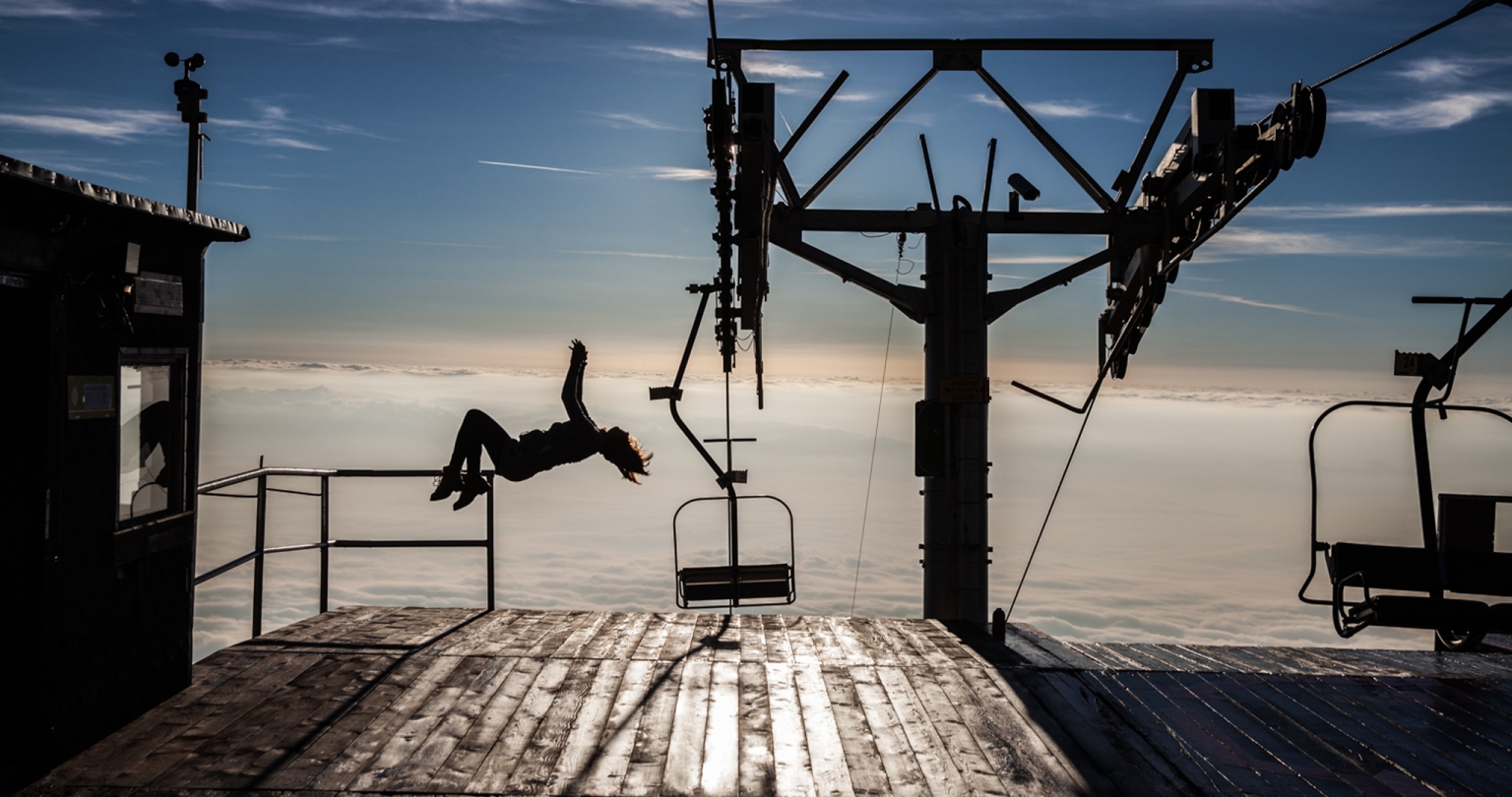
What fascinates you about the subject of coming of age? Could you put yourself in the place of a teenage girl while making the film?
There is a crazy energy in it. You face your own body and discover what you are capable of doing, how far your body allows you to go. At the same time you still have that inner “child” purity in you, longing for a universal truth and justice; you are authentic, you do and want everything 100%. Our protagonist goes through her first emotional crash. Although it is “just” a summer episode, it toughens her up internally. As the film is narrated through her eyes, we can experience her romance quite directly; we feel her emotions, dreams, desires and deeds. Moreover, Barbora gave the main character a piece of her own life, experience and personal search. I tried to keep the film as realistic and true as possible in this respect, too.
There is another contrast in the film: the pureness of the mountains, the place where Laura’s father lives, and the busy, alienated city. Do you yourself find poetry and a photogenic quality in the new urban culture?
Laura runs away from her father and the mountains, driven by her platonic love and the desire to become a part of a parkour group. At the same time, she is revolting against her father, who lives outside of the family, and whom she misses. The environment of the mountains and the one of the city are purposely in contrast, underlining the story. Both the environments are photogenic. Together with the traceurs, we enjoyed discovering “their” city, their so-called spots, their views from the heights, from the roofs. Prague is a city of a thousand faces and everybody can see it and live in it as he or she likes, although it is necessary to continually fight for it. It’s important not to suppress spontaneous activities which contain that poetry, diversity and real life. What I hate is sterility.
Why did you choose parkour of all things? Are these people typical of something? To me they look like quite modest and disciplined people – more like sportsmen. In the confrontation with grown-ups they look like much more responsible and focused individuals (and that concerns Laura very much, too).
I am still fascinated by the way the older, popular and experienced traceurs willingly dedicate their training time to the initiation of 10- or 12-year-old boys who are beginning parkour. Parkour is an activity nobody officially supports. Those boys only have the right shoes, wide sweatpants and the city before of them. You go out with a friend, hit the places where you meet someone else and you train together, exchanging experiences. This sport is moreover non-competitive. Its aim is not to nearly kill yourself; on the contrary, you have to have your movement under control and shift your limits gradually. I am still amazed how parkour is cool and friendly at the same time.
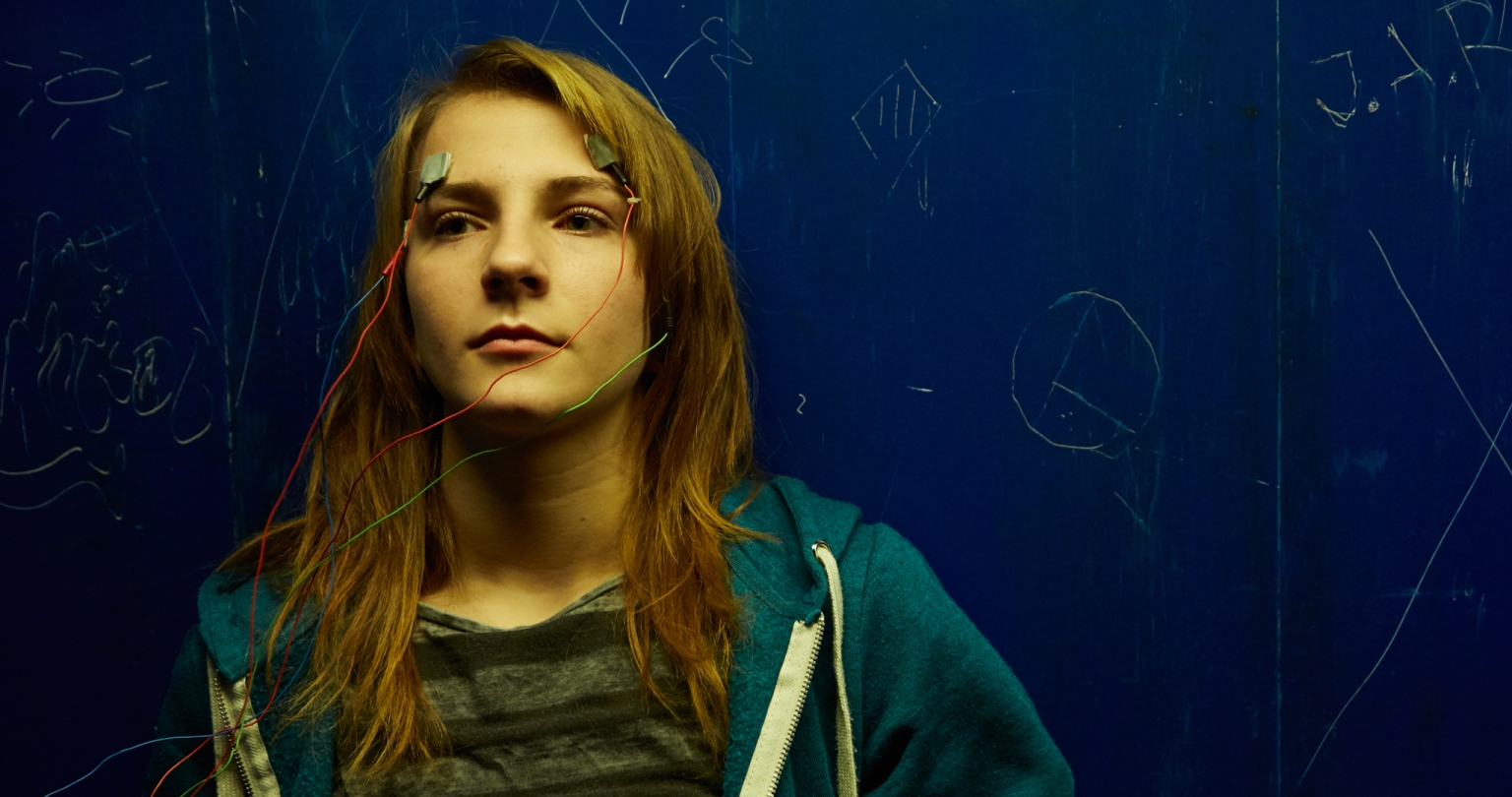
Where and when did the casting for the roles of the traceurs take place? Was there a lot of interest in them?
When they understood my intention and I had gained their confidence, there was no more problems with casting. People who practice parkour shoot their own videos and it is natural for them to show what they can do in front of the camera. I saw the majority of Czech traceurs and I cast those from the top who could also act naturally and who typologically fit into the story.
Did your experience with amateur theatre, where you direct non-professional actors, help you in directing this film?
Theatre and film are different disciplines. In our theatre, which is in our rendering mainly a social project, I am always looking for non-professional actors who are typologically and by their character as close as possible to the role I want them to play. Of course, they need to have a sense of perspective and humour; that’s essential; but the performances work well particularly thanks to the exact casting process. In theatre I work with children the same way, too. I don’t stage the play before finding the right people. The principle of casting the child actors in a film is in this respect quite similar. Although you are looking for a specific acting talent, you are also looking for a child who IS the given character. You don’t have a film before you have that child. It goes so far that when you discover a talented child with an inspiring soul and eyes that steal your heart, it’s worth rereading the script and tailoring it to that specific child.
For many years you have been mainly a producer and only a couple of years ago you started directing. Do you plan to do both in the future? Do you feel more like a producer, or a director?
My profession is producer and I will go on producing. We are preparing several artistically ambitious projects, cooperating with experienced directors and attracting new talents. As I said before, I want to go on making films for children and exploring my experiences. That is why I am also thinking about new projects that I could direct in the future.
Petr Oukropec
produced his first feature film – Indian Summer by Saša Gedeon in 1994. In 1995, together with Pavel Strnad, he founded Negativ production company, which has produced more than 30 feature fiction, documentary and animated films. He works with kids and non-actors in his private theatre Zmrzlík. At the Berlinale, he is also presenting an official project at the Co-Production Market – Outside by Michal Hogenauer.


